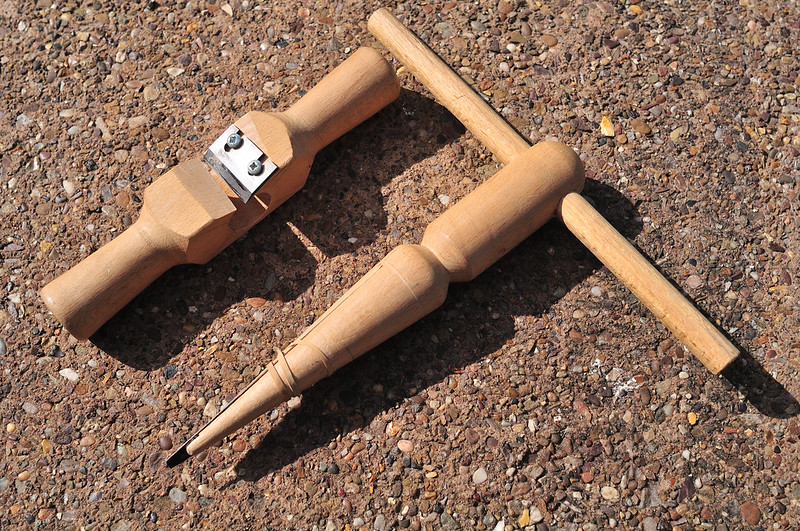Way back, in the seventies, crikey 40 yrs ago, I made a couple of Lutes. These had open five sided peg boxes. Of course there was no internet, non that I had access to at least, for gathering information or finding possible suppliers of such reamers. My solution was to drill near sized holes then taper them by wrapping sandpaper, or garnet paper, around the peg and grinding the hole to fit.
There was a feeling around, amongst makers, that if the small end of the peg was too tight a fit in the pegbox. Then it was possible to split the peg along it's length as twisting, for tuning, was applied. For that reason my exit hole, for the peg, was a parallel clearance hole. I never had a peg slip, but that may have been due to the chalk and soap.
Good luck with your build, xy





